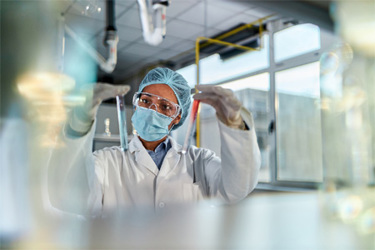Increasing Drug Development Productivity With Organ-Chip Contract Research Services

In 1965, Intel CEO Gordon Moore predicted that the number of transistors in computer microchips would double every two years while the cost of chips would halve. Moore's Law remains true nearly six decades later, ushering in an era of increasingly advanced and affordable technology across various industries, including life sciences. However, drug development has experienced a starkly contrasting trend. Despite significant advancements in understanding human biology, partly driven by the principles described in Moore's Law, the cost to advance a compound through clinical trials to FDA approval has skyrocketed. Coined by Economist Jack Scannell to be the reversal of Moore's Law, "Eroom's Law" observes that drug development is decelerating and becoming more expensive. Gain insight into how organ-on-a-chip contract research services are enabling the pharmaceutical industry to overcome Eroom’s Law—the largest challenge in drug development.
Get unlimited access to:
Enter your credentials below to log in. Not yet a member of Bioprocess Online? Subscribe today.
